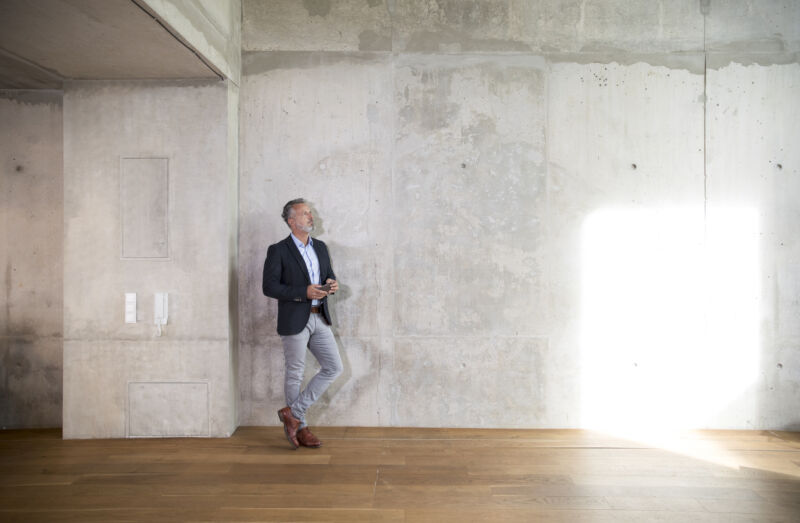Japanese railway shelter replaced in less than 6 hours by 3D-printed model
Hatsushima is not a particularly busy station, relative to Japanese rail commuting as a whole. It serves a town (Arida) of about 25,000, known for mandarin oranges and scabbardfish, that is shrinking in population, like most of Japan. Its station sees between one to three trains per hour at its stop, helping about 530 riders find their way. Its wooden station was due for replacement, and the replacement could be smaller.
The replacement, it turned out, could also be a trial for industrial-scale 3D-printing of custom rail shelters. Serendix, a construction firm that previously 3D-printed 538-square-foot homes for about $38,000, built a shelter for Hatsushima in about seven days, as shown at The New York Times. The fabricated shelter was shipped in four parts by rail, then pieced together in a span that the site Futurism says is “just under three hours,” but which the Times, seemingly present at the scene, pegs at six. It was in place by the first train’s arrival at 5: 45 am.
Either number of hours is a marked decrease from the days or weeks you might expect for a new rail station to be constructed. In one overnight, teams assembled a shelter that is 2.6 meters (8.5 feet) tall and 10 square meters (32 square feet) in area. It’s not actually in use yet, as it needs ticket machines and finishing, but is expected to operate by July, according to the Japan Times.
Japanese railway shelter replaced in less than 6 hours by 3D-printed model Read More »


